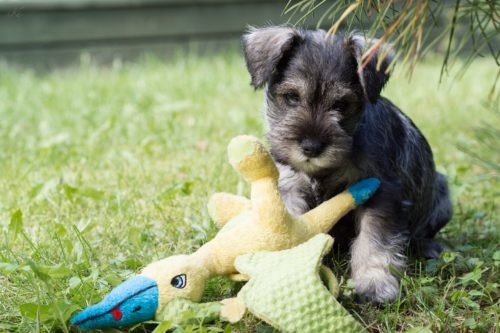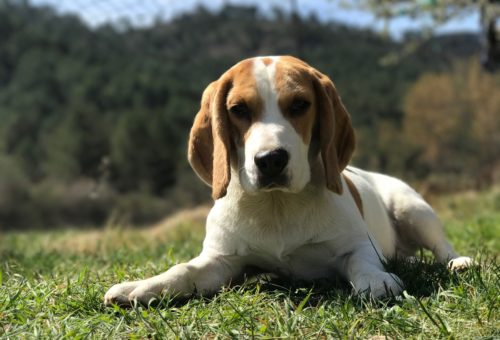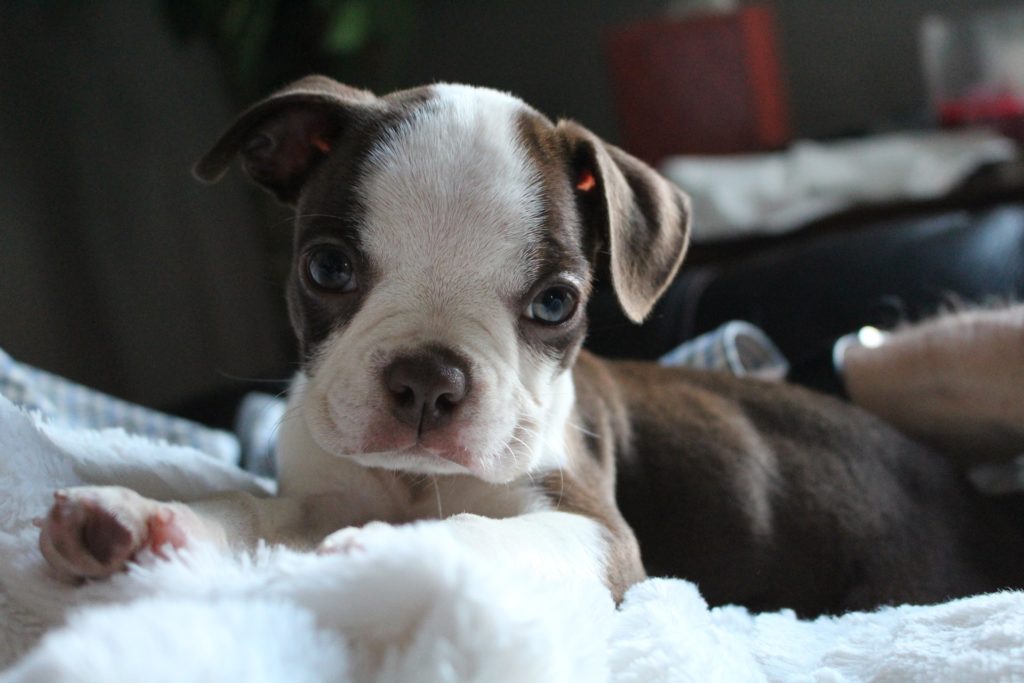Cleft palate presents itself in dogs in much the same way it presents in humans. Depending on the type of cleft, it will most likely be visible and easy to diagnose. Given the unsightly nature of a cleft, most pet owners chose to have the cleft corrected, though in some cases it is necessary to repair for the dog’s health. So what exactly is a cleft palate?
What is a Cleft Palate?
A cleft palate is an opening between the mouth and nose, that is a result of the tissues that separate the two cavities and prevent them from growing together properly. This birth defect can present itself as one of two types:
- Primary Cleft Palate Also known as cleft lip or harelip, a primary cleft presents itself on the lip of the dog.
- Secondary Cleft Palate A secondary cleft develops on the roof of the mouth making it harder to spot. Inside the mouth, the cleft can extend along the bony hard palate or the flexible soft palate used in swallowing. In extreme cases, the cleft may extend along both portions of the palate.
While most dogs only have one type of cleft, it is possible for a dog to have both a primary and secondary cleft palate.
Causes of Cleft Palate in Dogs

A cleft palate is a birth defect that is most often an inherited congenital disorder. Purebred dogs typically have a higher incidence of cleft palates and certain breeds see the defect more often than others.
Cleft palates may occur more commonly in Boston Terriers, Pekingese, Bulldogs, Miniature Schnauzers, Beagles, Cocker Spaniels, Dachshunds, and brachycephalic (short-nosed) breeds. It is not recommended to breed a dog that was born with a cleft palate since the condition is likely genetic and could be passed on to any puppies.
However, nutritional deficiencies, viruses, and poisons that affect the mother during pregnancy may also increase the risk of cleft palates in puppies. Exposure of pregnant female dogs to teratogenic chemicals, which interfere with normal embryo development including griseofulvin, and excessive vitamin A and vitamin D, also increase the likelihood of puppies being born with a cleft.
Signs and Symptoms of Cleft Palate in Dogs
While a primary cleft palate will likely be easy to visually diagnose due to the cleft lip and possibly misshapen nostril, a secondary cleft is much harder to recognize. If your dog has a secondary cleft, he may display the following signs and symptoms:
- Sneezing and snorting while eating as a result of food and saliva passing into the nose
- A “runny” nose after eating which will become a constant drip if it gets infected
- Coughing and gagging when drinking
- Stunted growth due to trouble eating
- Difficulty breathing and exercising as a result of fluid or infection in their nose
Your dog may also develop pneumonia as a result of fluid and infections.
Diagnosis and Treatment of Canine Cleft Palate
A primary cleft can be diagnosed visually and is rarely clinical in nature. However, most pet owners find the cleft unsightly and choose to have it surgically fixed.

Secondary cleft palates will require surgical treatment to help your pet receive proper nutrition and prevent long-term nasal or lung infections. Since surgery is difficult to perform on very young puppies and their growth may result in a smaller cleft, your vet will likely wait until your dog is 3-4 months old. In the meantime, your puppy may need to be fed with a feeding tube or long nipple bottle to ensure he receives proper nutrition.
Post-operative care is crucial for the success of the operation and your dog’s overall health. You may need to give antibiotics to your dog if he has pneumonia or nasal infections. You will need to leave an e-collar, or cone, on your dog for 1-2 weeks in order to prevent him from rubbing his face.
Depending on the severity of the operation, you will need to feed your puppy soft, blended foods by mouth or through a feeding tube for 2–4 weeks after surgery. Do not give your dog hard food or toys for at least a month following surgery to ensure proper healing.
The prognosis for dogs with a small cleft is generally very good. When the clefts are larger and more than half of the hard palate is affected, surgery is much more difficult and more complications should be expected. Possible complications include partial surgical site failure due to tension, nasal discharge or sneezing, and continued coughing or gagging due to a shortened soft palate. Very large defects are typically closed by utilizing special dental appliances and tissue techniques.




